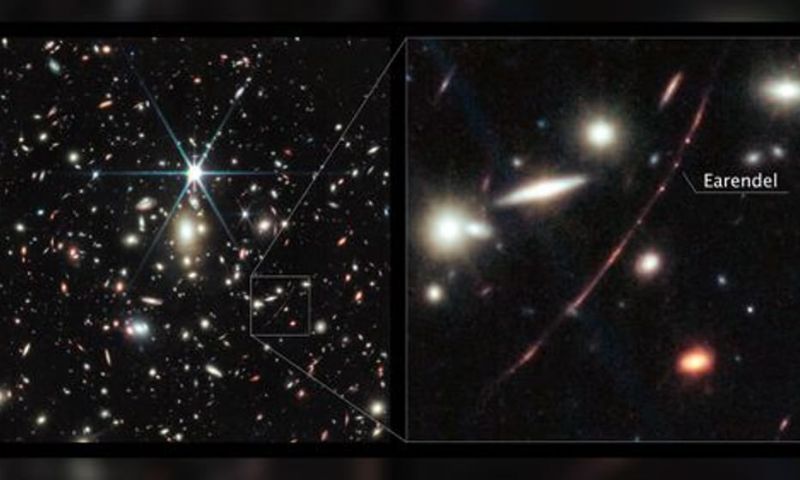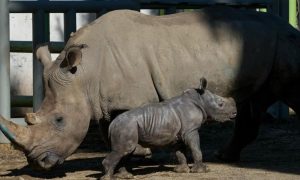WASHINGTON: The James Webb Space Telescope has unveiled a captivating image of the nearby Bernard’s galaxy, shedding light on the potential appearance of the “very early” universe. The image of the irregular galaxy NGC 6822, often referred to as Bernard’s galaxy, offers a clearer view of its stars for further astronomical exploration.
Situated approximately 1.5 million light-years away, Bernard’s galaxy is the Milky Way’s closest neighbor with low metallicity and a scarcity of elements beyond hydrogen and helium. This galaxy has garnered attention from the European Space Agency (ESA) due to its unique characteristics.
Scientists hypothesize that during the early stages of the cosmos, before the emergence, existence, and demise of the first generation of stars, the abundance of metals was significantly lower. Elements other than hydrogen and helium primarily result from the life cycles of stars over time.
Telescope to Analyze Various Aspects of Same Galaxy
Astronomers believe that present-day galaxies with low metallicities, like NGC 6822, offer insights into processes such as star formation and the evolution of interstellar dust during the early universe.
Utilizing the Near-InfraRed Camera (NIRCam) and Mid-InfraRed Instrument (MIRI) aboard the Webb telescope, researchers observed the galaxy.
Both NIRCam and MIRI encompass a broad range of the electromagnetic spectrum, enabling the telescope to analyze various aspects of the same galaxy.
While the tightly packed star field of the galaxy is best observed through NIRCam, MIRI excels in detecting gas-rich regions, as noted by the ESA.
The NIRCam image portrays the galaxy’s dust and gas as translucent red wisps, unveiling its myriad stars in unprecedented detail for thorough examination.
Meanwhile, the MIRI instrument’s image displays galactic dust, obscuring the stars while revealing the blue light emitted by polycyclic aromatic hydrocarbons – organic compounds crucial for the formation of stars and planets.


























